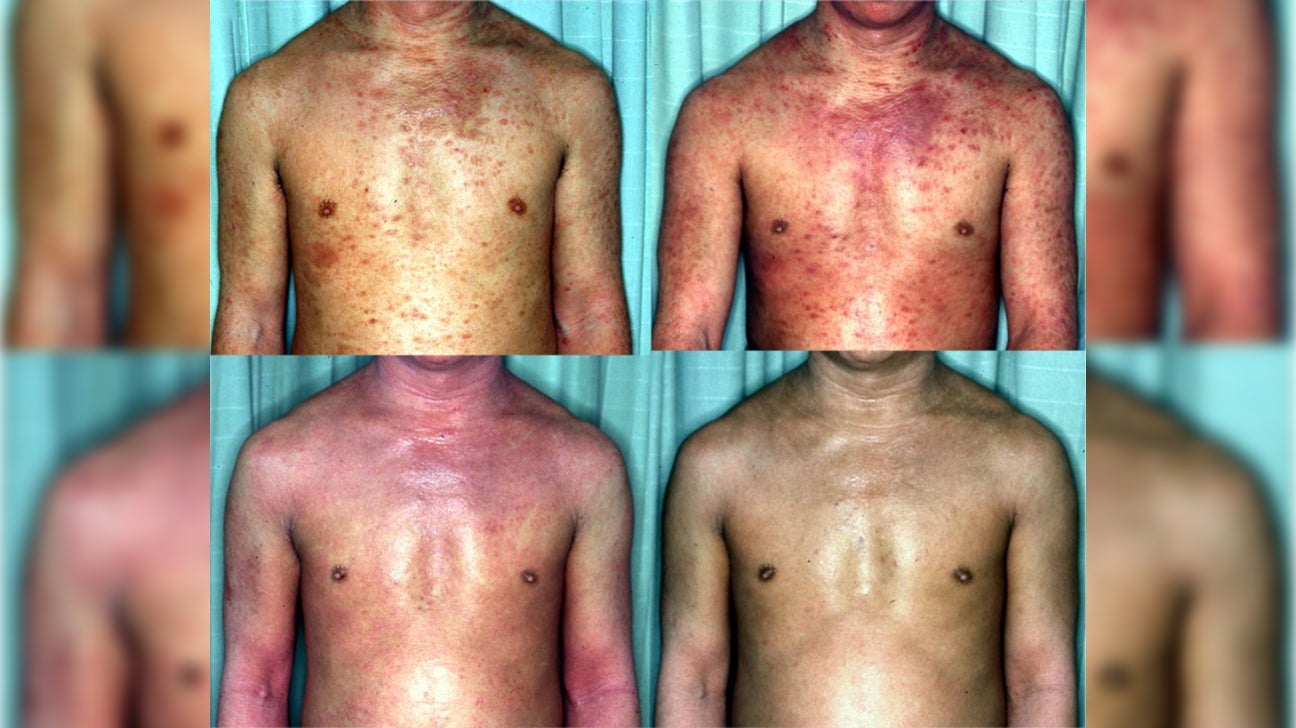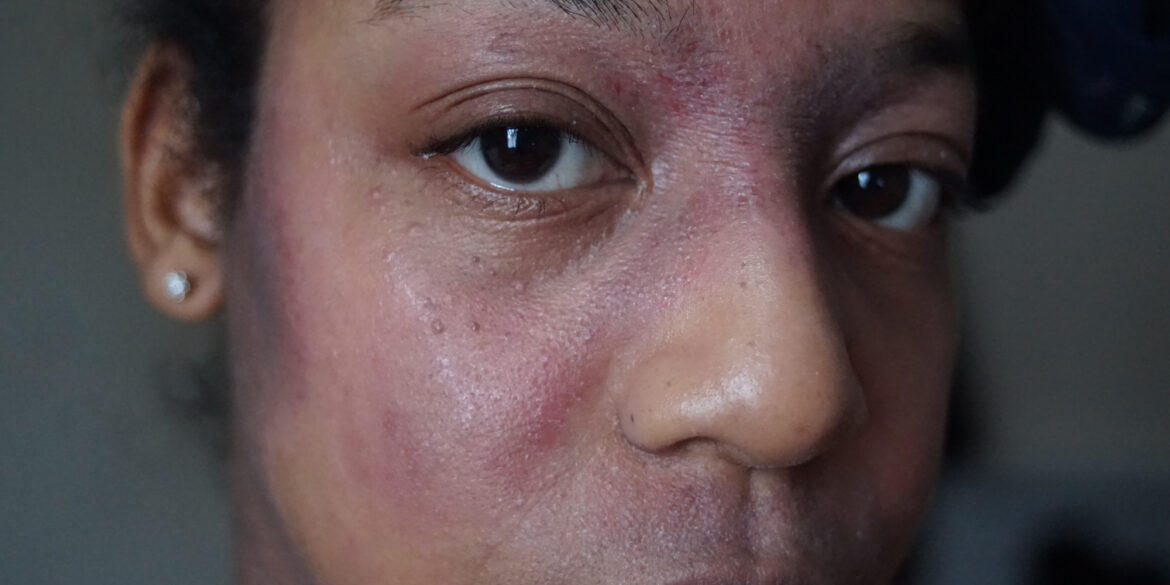Topical Steroid Withdrawal (TSW) is a condition that can occur when topical steroids, such as creams or ointments, are used for an extended period of time. It may result in the worsening of skin symptoms and the appearance of new ones. Symptoms of TSW include redness, itching, dryness, burning sensation on the skin and even blistering.
While these symptoms can be easily treated with topical steroids initially, long-term use leads to more serious issues like permanent discoloration and thinning of the skin — also known as steroid atrophy — which cannot be reversed without proper treatment.
1. What is Topical Steroid Withdrawal?
Topical steroid withdrawal is a condition where the body begins to experience adverse reactions from topical steroids, especially corticosteroids, which are commonly used to treat skin conditions.
Symptoms of topical steroid withdrawal can include redness, swelling, scaling, and itching in areas that were previously treated with topical steroids. These symptoms may appear quickly after ceasing use of the drug or even months later. The exact cause of this reaction is unknown but some believe it could be caused by changes in hormones or an imbalance in the immune system response due to prolonged use of topical steroids.
In any case, if someone has been using topical steroids for more than one month and experiences any sort of sudden symptom change they should seek medical advice as soon as possible so treatment can be provided accordingly.
2. Symptoms of Topical Steroid Withdrawal

Source: medicalnewstoday.com
Symptoms of Topical Steroid Withdrawal can vary depending on the severity and duration of topical steroid use, as well as other factors. Common symptoms include redness, swelling, itching or burning sensations on the skin, a feeling of tightness in the skin, and thinning of the epidermis. Blistering may occur in more extreme cases.
Other symptoms may include bumps on the face that resemble acne; changes to hair color and texture; flares that are especially itchy when exposed to heat or sweat; increased sensitivity to fragrances, cosmetics, and other substances; darkening or lightening of certain patches of skin; “flare-ups” with no visible cause known as an idiopathic flare-up; and purpura, which is characterized by reddish-purple spots that appear due to bleeding under the skin.
3. Causes of Topical Steroid Withdrawal
Topical steroid withdrawal (TSW) can be caused by various factors. It is often the result of long-term use or overuse of topical steroids, which are medications applied to the skin to reduce inflammation and irritation.
Other possible causes include an allergic reaction to topical steroids or a change in hormones, such as during pregnancy or menopause. In some cases, TSW may also occur if a person stops using their topical steroid abruptly without tapering off gradually.
Additionally, it is possible for people with certain underlying conditions like eczema and psoriasis to experience TSW even when they continue using their prescribed medication as directed by their healthcare provider.
4. Diagnosing and Treating Topical Steroid Withdrawal

Source: theindependentpharmacy.co.uk
The diagnosis of topical steroid withdrawal is based on the patient’s signs, symptoms, and history. Generally, doctors will look for a pattern of signs and symptoms that point toward topical steroid addiction or withdrawal. The severity of these signs can range from mild to severe depending on the individual’s condition.
A careful examination should be conducted in order to determine if there are any underlying conditions contributing to the current state such as eczema or psoriasis flare-ups. Treatment often involves discontinuing all use of topical steroids while gradually reintroducing them back into your skincare routine with close monitoring by a doctor or dermatologist.
In more serious cases, additional treatments may be needed such as systemic steroids, antibiotics, moisturizers or light therapy which helps reduce inflammation and soothe irritated skin caused by TSW.

